
In the early 1900s, beauty began to claim a larger place in public life. The Edwardian period turned admiration into something more visible, as women became celebrated not only for their appearance but also for their cultural presence. Here are 10 remarkable figures whose names remain closely tied to the era’s enduring fascination with elegance.
Lily Elsie
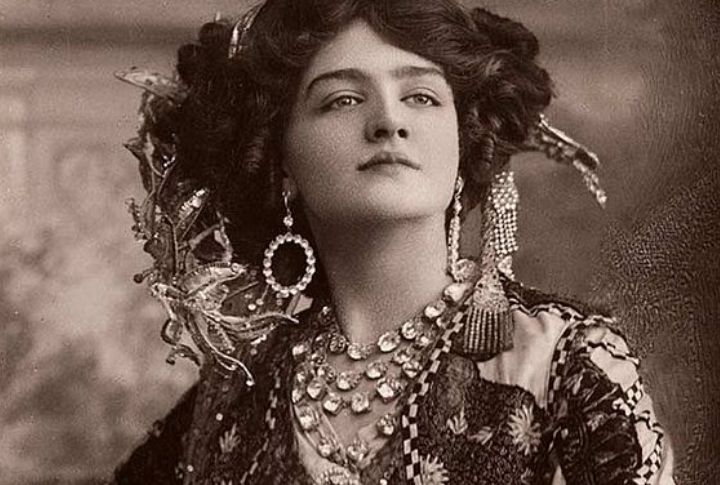
Audiences in 1907 were swept into the glamour of “The Merry Widow,” where Lily Elsie’s performance became the talk of Edwardian London. She became a cultural image, her face reproduced endlessly. Photographs of her elaborate hats defined fashion before she retired suddenly, leaving admiration behind.
Gaby Deslys
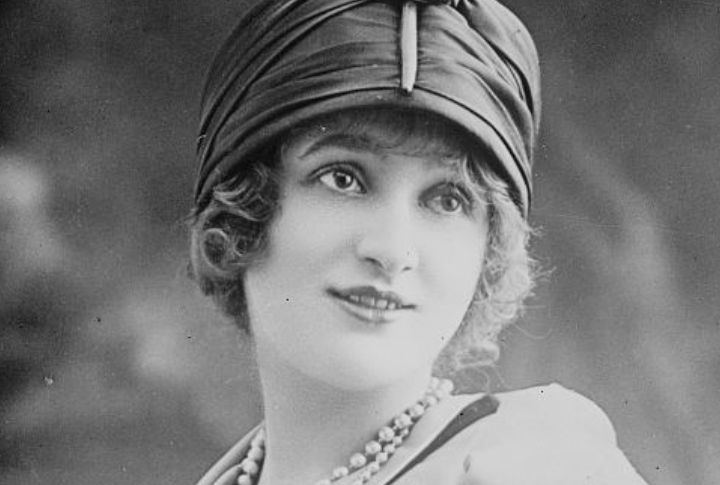
For many, the memory of Gaby Deslys sparkled brighter than stage lights. This lady danced her way from France into the hearts of both sides of the Atlantic. Extravagant in feathers and sequins, she became a sensation, shadowed by rumors of royal attention and remembered through the lively “Gaby Glide.”
Billie Burke
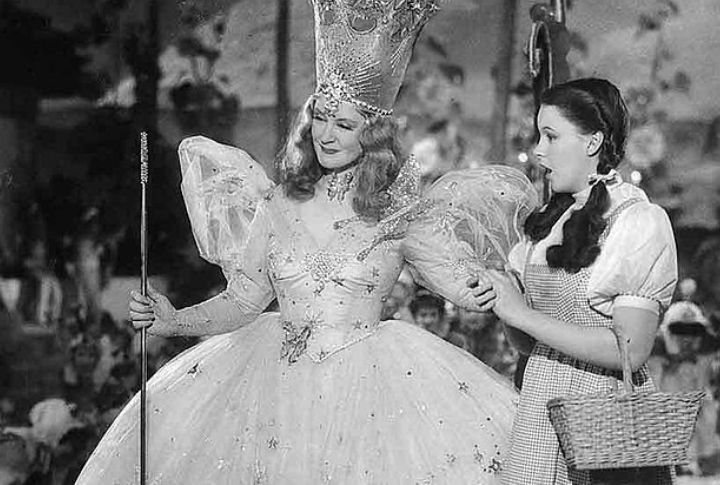
The Edwardian stage carried many names, but Billie Burke’s elegance made her unforgettable. Broadway embraced her in the 1900s, where her beauty shone in productions that sold out night after night. Her later fame as Glinda in “The Wizard of Oz” added a legacy that her marriage to Ziegfeld complemented.
Gladys Cooper
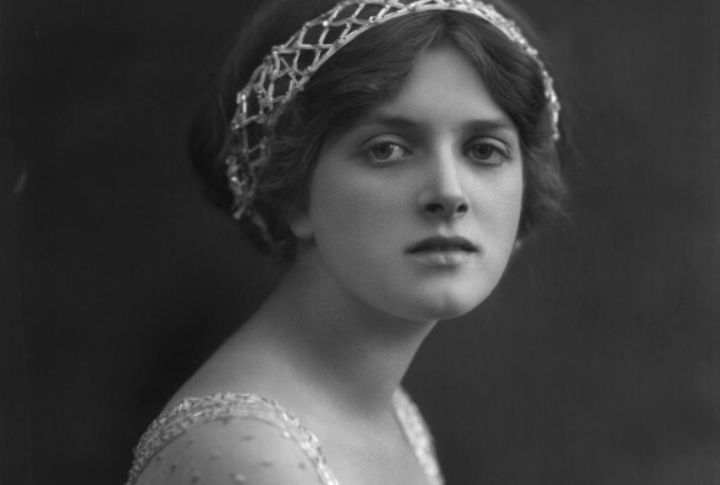
Aristocratic refinement seemed second nature to Gladys Cooper. The Edwardian public knew her face from portraits that celebrated her serene symmetry, but that stillness belied her ambition. Her career did not fade with the fashion of the era; instead, it expanded into a Hollywood chapter that proved her lasting appeal.
Maude Fealy
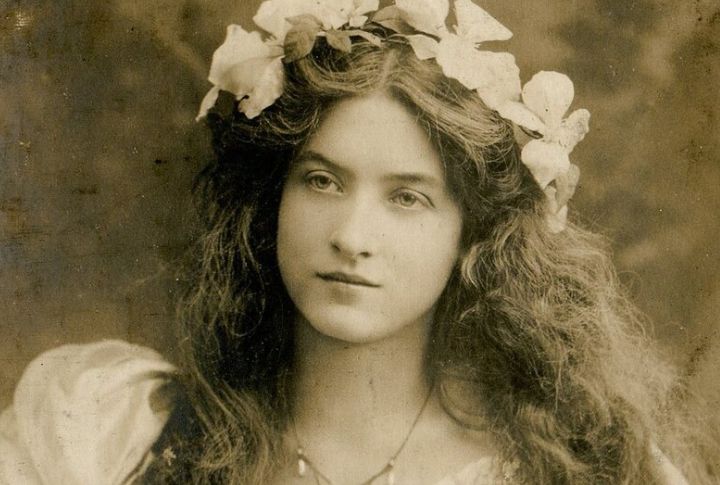
At just three years old, Maude Fealy stepped into the world of performance. Audiences grew with her and watched as her delicate features and flowing hair became hallmarks in publicity photographs. Unlike many contemporaries, she navigated both stage and cinema, appearing in films as late as the 1950s.
Dorothy Dene
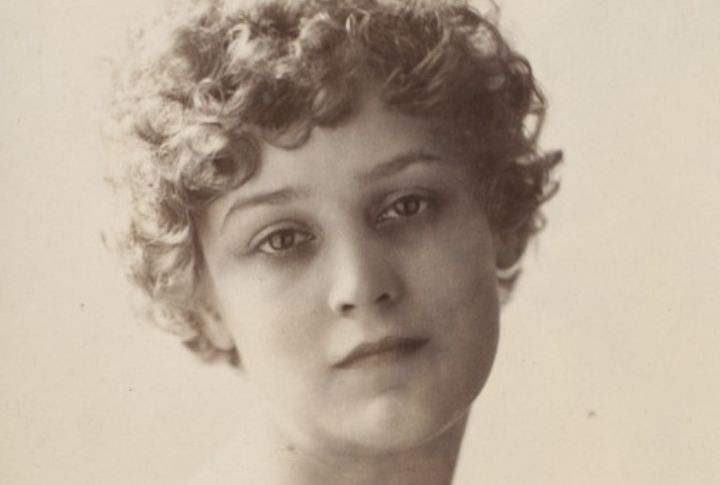
Among the muses of the Edwardian age, Dorothy Dene stood apart. She was not only an admired stage actress but also a frequent model for painter Frederic Leighton, her beautiful hair often immortalized on canvas. Behind the admiration, her work sustained her family, weaving artistry with quiet responsibility.
Lillian Russell
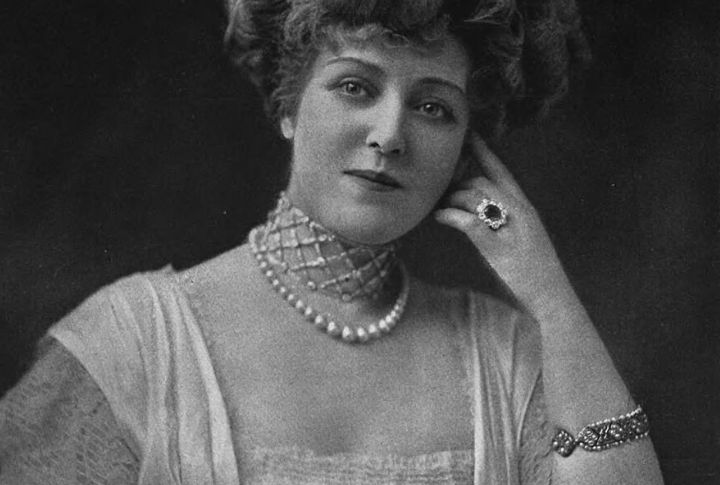
Cycling through city streets in the 1900s, Lillian Russell challenged expectations of women while dazzling audiences with her voice on stage. She was admired for her golden hair and commanding presence. Beyond performance, she lent her name to the suffrage cause. That shows beauty and activism could walk hand in hand.
Gabrielle Ray
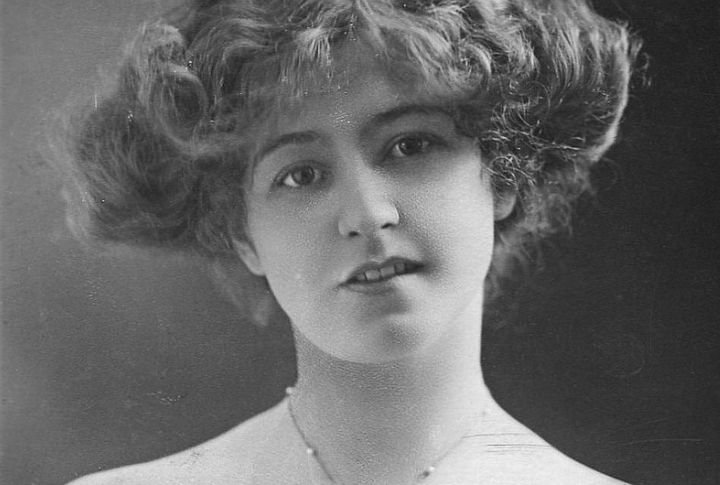
Postcards became a craze in the Edwardian years, and Gabrielle Ray’s image traveled farther than most actresses of her generation. This woman charmed audiences in musical comedies and pantomimes, but it was her beauty that secured her fame. Retreating from public life early only deepened her charm.
Marie Doro
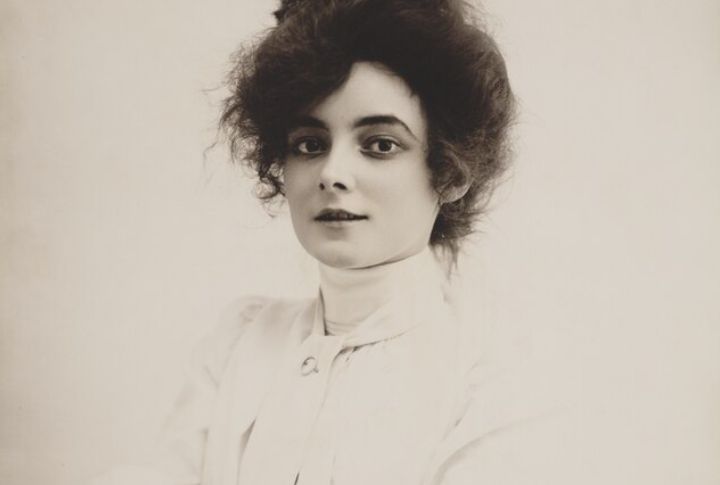
There was something otherworldly in Marie Doro’s appearance that attracted theatergoers of that time. Unlike many actresses of her day, she did not court photographers or indulge in endless publicity. Charles Frohman had discovered her potential, but it was her quiet refusal of spectacle that secured her place in memory.
Evelyn Nesbit
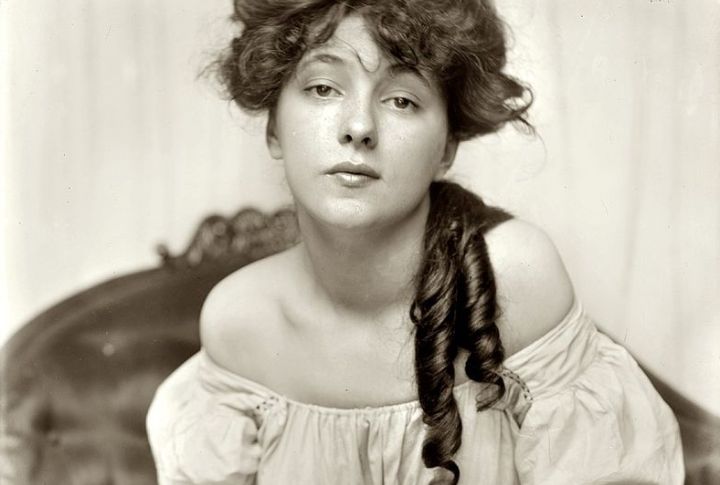
Few Edwardian figures combined innocence and scandal like Evelyn Nesbit. She became widely painted and photographed, her face instantly recognizable. Yet her story took a darker turn as the central figure in the 1906 trial involving architect Stanford White’s murder. Public fascination never let her escape that shadow entirely.

